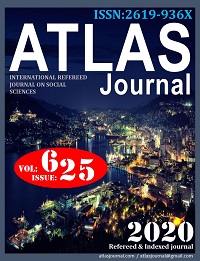THE CENTRAL FORCES DURING AND AFTER THE FORMATION OF IRAN ISLAMIC REVOLUTION
DOI:
https://doi.org/10.31568/atlas.379Keywords:
Iranian, Islam, Khomeini, France, England, AmericaAbstract
In this study, the formation of the Iranian Islamic Revolution in 1979 and the attitudes of the central powers in the post-revolutionary world to the regime were examined as a result of the massification of the reactions against the militarist modernist understanding of the Pahlavi dynasty of Iran, which had strong foundations as a Shiite doctrine. The study includes three sections: general information, theoretical framework and historical background. It is also important in our study that the Islamic Republic of Iran, after the revolution, moved away from the Shah period state policies and positioned themselves according to the Shiite state understanding. Various academicians, journalists and foreign works were used as sources. The aim of this study is to examine the Islamic Revolution of Iran, one of the most important revolutions in the 20th century, in historical, sociological and epistemological terms and to bring a different perspective to the interpretations made about this revolution in the scientific world
Downloads
Published
How to Cite
Issue
Section
License

This work is licensed under a Creative Commons Attribution-NonCommercial 4.0 International License.


